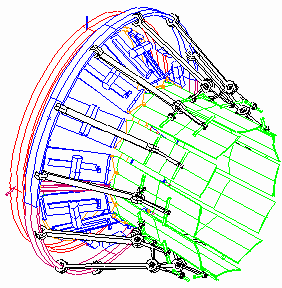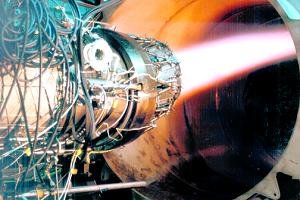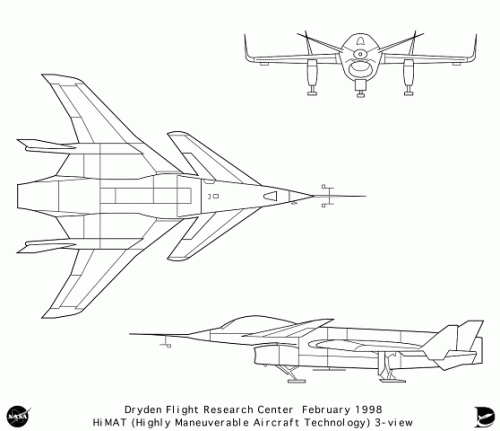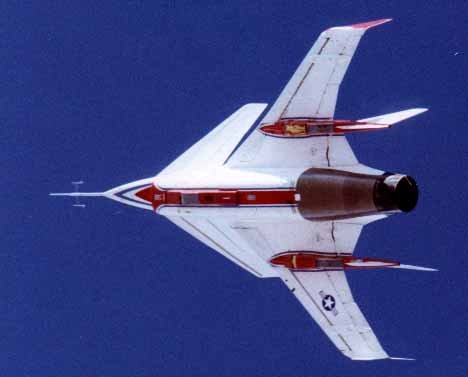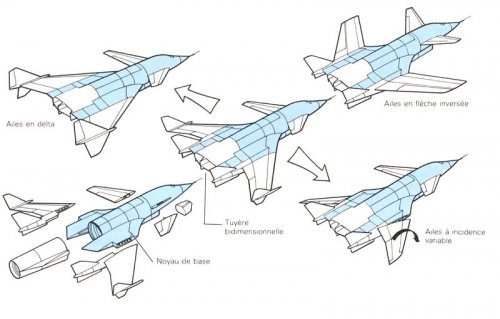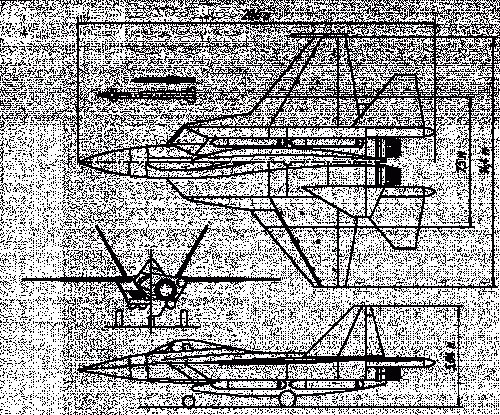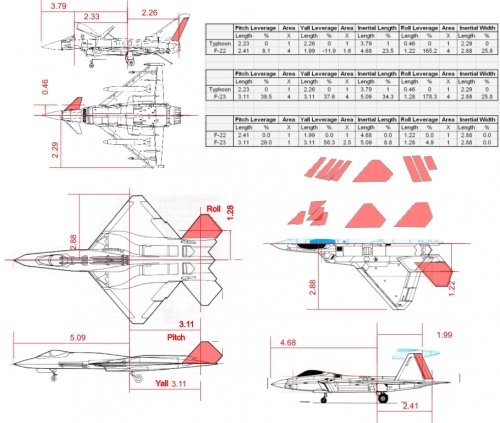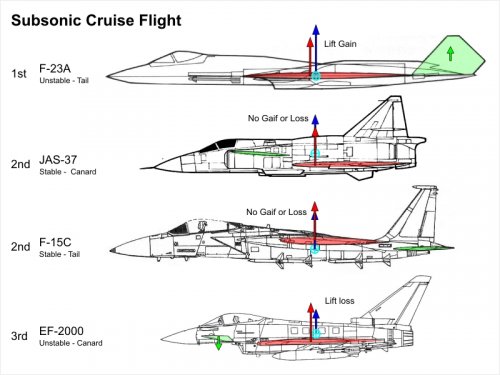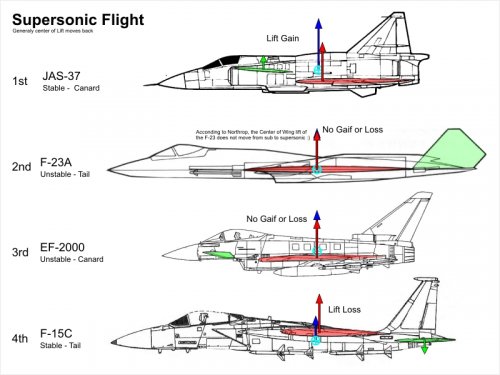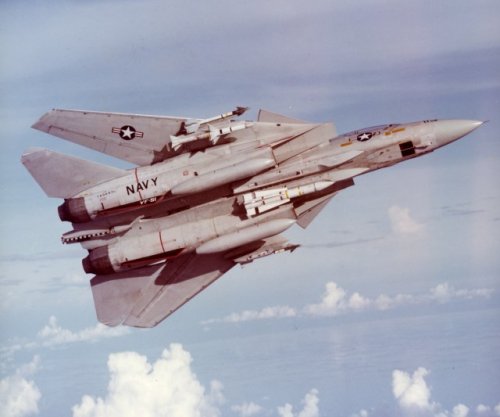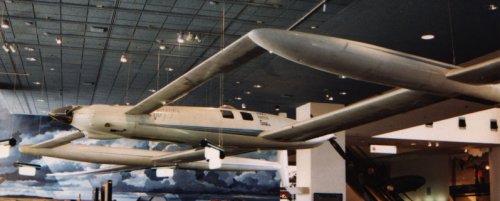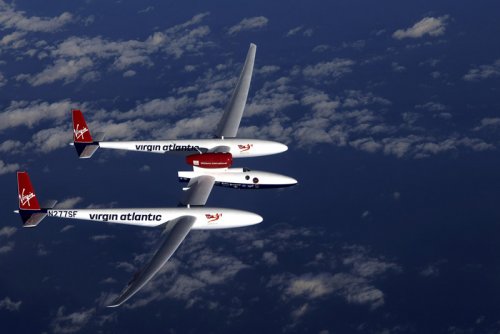Woody said:
I still think its sad they can't get it together.
There are pluses and minuses to everything in aviation. A combined training establishment means you have some economies in infrastructure, but means you are less able to exactly tailor the training to your own preferences. It also means one of the partners has to provide for extra airspace usage, which is actually a fairly constrained resource (hence the existence of NFTC (NATO Flying Training In Canada), Luftwaffe Tornado training based in the States and Singaporean training based in at least three countries that I can think of).
>> but you say most of them are now retired? <<
The early DAs (prototypes) are now unrepresentative, much like the US only used the YF-22s during evaluation. OTOH they stayed representative for much longer than AA-1 (the first F-35) which was unrepresentative before it was half-built.
>> There must have been a lot going on but the advertised schedule doesn't give much of an impression of urgency.
Example: "March 1994: The first Eurofighter, DA1 makes its first flight from Manching, Germany. August 1997: DA1 flies from Manching, Germany to Warton, England to commence a two-week co-operation flight trial." That's a 3 year gap (and there's a lot more like that). <<
Most of the test flying would sound stunningly boring to the public, on the lines of repeat the previous week's test but 1000ft higher or 0.1 Mach faster, so the web pages are very much highlights rather than a reflection of all the work done. First flight itself was a politically necessary demonstration that the aircraft would fly, but there was a considerable amount of work still necessary at that point to demonstrate that it was ready to fly useful test points safely. This is about the time of the Gripen and YF-22 PIO crashes which made people were very conservative about testing new unstable aircraft.
>> Another example: "June 1998: DA3 successfully jettisons an external fuel tank (1000 ltr.). February 1999: DA3 flies for the first time with wet fuel tanks (1500 ltr) testing the functionality of the fuel system." It took them 8 months to put fuel in them? <<
Was the fuel system for the tanks ready in June 98? Was an aircraft available? Had the aerodynamics data been gathered for the 1500ltr tanks? And so on. It's not just a case of unscrewing the cap and sticking the hose in.
>> And my favourite: (DA3) "March 2004 First in-flight Gun firing achieved." Does this mean 25 years into the programme and 1 year after deliveries start only then do they fire the gun in flight? (if not its quite misleading)<<
Consider using your computer with a jackhammer strapped to the side, how well would it do? Every system on the aircraft has to go through vibration trials to make sure the vibration from the guns won't stop it from functioning. Gunfire is one of the worst things you can do to a modern fighter. Reportedly one of the Russian fighters actually had the instrument panel land in the pilot's lap during gunfire trials.
>> Your probably right but don't they need a Typhoon for radar and systems matching or are they expected to do that only after everything else is completed? I'm glad you say they have done some testing. <<
Essentially missiles are like peripherals. You hook them up to a databus and tell them what to do, then they go off and do it. As long as you have the interface defined the weapon and the weapon control system can be developed independently of each other and only brought together when both are ready. Flight trials are mostly necessary to demonstrate that the missile and the aircraft can safely separate (there are memorable films of instances where this went wrong -- you wouldn't expect a 500lb bomb to be capable of going up not down, but it's happened before).
>> I thought there was a tender out right now for targeting pod for the Typhoon? I you're right I'll never trust
Flight again. <<
You seem to be confusing different stages of the tender process. The selection was made a while ago, it's the contract details that are being negotiated at the moment (how many we want, when we want them, how much support you'll provide, how little we want to pay for them). Flight has done a reasonable job of reporting it from what I can see.
>>Your idea and my idea of development seam a little different. I know the Typhoon is a fantastic aircraft and more complex than I can ever imagine but please excuse my ignorance if, to me (a layman), what you describe sounds more like getting the product finished 4 years after deliveries started. And that ongoing, unending situation has replaced what I would consider development. <<
It's the same for every aircraft anywhere. Look for references to production blocks, spiral development and the like, and each system on the aircraft will have smaller development stages within those blocks. And then there is the unexpected that has to be catered for -- consider that they only just realised the F-22's nav-system falls over if it crosses the International Date Line....
>> Its not just the Typhoon, everything seams to take longer these days. The programme has been going for almost 30 years since first envisaged, that's nearly the same time as from the end of WW 1 to breaking the sound barrier or half the time since the end of WW 2. I know things are different now but in the fifties we went through 3 generations of fighters in a decade! Technology and modern attitudes don't seam to be helping. <<
Modern aircraft are orders of magnitude more complex than those that preceded them and the performance demands placed on them mean that they are flying on a knife edge. That means that the testing has to be far more exhaustive than ever before,. Consider that YF-16, YF-22 and Gripen all had crashes or near crashes during flight trials that were caused by Pilot Induced Oscillation (which despite the name is actually a failure in the flight control system), V-22s have crashed due to the vortex-ring state that was poorly understood and in another case because a pilot had a poor understanding of the FCS. It's a rare aircraft that doesn't lose a prototype during testing and it's rare a year goes by without a test pilot or flight test engineer paying for it with his life. In the past year we've seen test-flying crashes by Polecat, LockMart's morphing wing UAV (*2), Barracuda, ARH and Boeing have seriously bent a 737-900ER -- those are just the ones that have been a) reported and b) spring immediately to mind. Even non-crashes can be very serious, there were reports a year or two ago that one F-22 might never fly again after a very high-G anomaly during testing.

